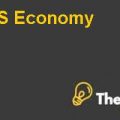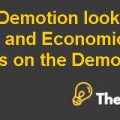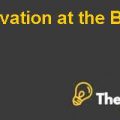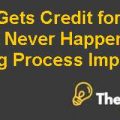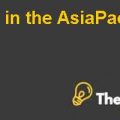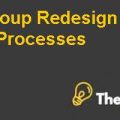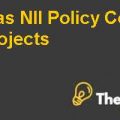A. MOSES KEY SOURCES OF POWER
Moses possesses numerous powers that include legitimate, political, coercive, expertise and referent power. He has the potential power of authority and influence over others that even Robert Caro was fascinated of his power broker. The legitimate and coercive power of Moses helped him to hold the position in the organization and influence others via political threats, challenges punishment or sanction.
Moses’ sources of prestige powers were the fees paid by those using bridges and tunnels that he controls. Moreover, he has power over the construction of public housing projects however; the one position above all other powers is the political power. Furthermore, he built a positive political network to improve public related problems. Apart from that, Caro largely ruined the remainder of Moses’ reputation and described how insensitive the Moses is in the construction project.
However, Caro attributed Moses’ power to his misuse of authority, and his harsh attacks on opponents and demonstrated racist tendencies. Apart from that, he also attributed his use of Tammany Hall tactics in the name of development. Moreover, people also misunderstood the strategies of Moses and saw him as a bully who disregarded public input. Moses also seems guilty on all his count, but his techniques and strategies are not the sources of his power. Lastly, he understands how to use his powers and build influence to achieve his goals and objectives.
B. A MODEL OR A MONSTER
According to my opinion, Moses possesses an influential personality and acts as a role model who works for the betterment of the people. Moreover, his objective is to improve the lifestyle of the people and control the public revenue in the nation’s largest city such as New York. Moreover, he influenced a generation of architects, engineers, and urban planners to work effectively and efficiently. However, the people of the city misunderstood the tactics of Moses and considered him as a disregarded of public input.
He developed a strategy to transform a neighborhood, build bridges, change short lines and build tunnels and roadways. Moreover, he wanted to reform the whole city and work for the betterment of the citizens. Moses also possesses a leadership quality by controlling the different public sectors. Furthermore, Moses faced many challenges such as high expansion, political issues, and economic growth issues. Besides that, highway issues are possibly moving from the development to the allocation arena.Robert Moses Case Solution
On the other hand, it is very difficult to bring the change because people live in the status quo and do not want the change to be implemented. However, Moses has a lack of good communication and negotiation skills. Firstly, he should effectively communicate with the people that why the change is necessary then implement the change. However, it is difficult to bring a vast change and therefore, the community power is also important to bring change in the organization or a city.........................
This is just a sample partial case solution. Please place the order on the website to order your own originally done case solution.



